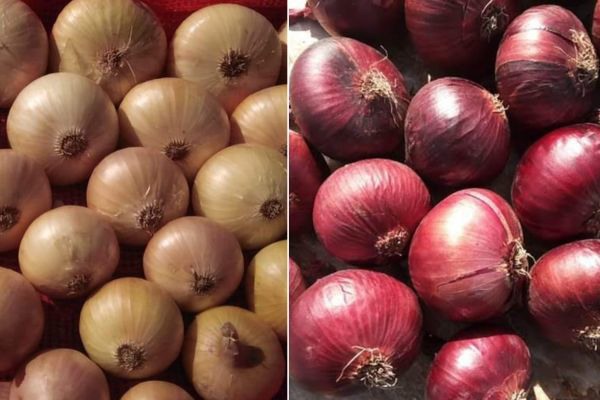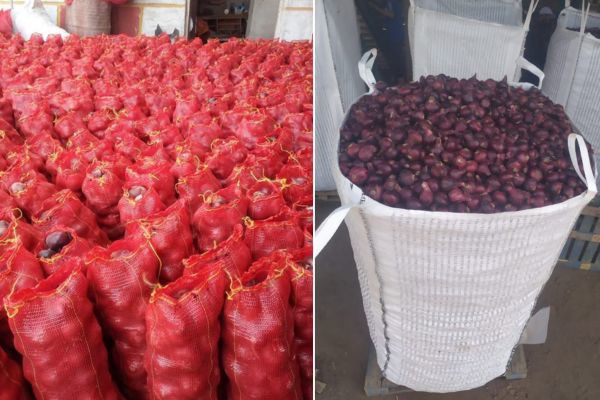The Egyptian onion season is ongoing in a context of rising demand and lower volumes than last year, driving up prices and presaging an increase in acreage next season. Mohammad Hassan, Sales Manager at On Trade, gives an overview of the season.

Hassan said: "Ahead of the growing season, many producers avoided growing onions because of last year's sharp rise in production costs and inadequate selling prices. They preferred to convert their acreage to other crops for which the market situation was more visible, such as wheat, which is currently in strong demand due to lower imports from Ukraine."
"Acreage and volumes are therefore lower this year than last," continues Hassan, "but demand has increased unusually, particularly from the Netherlands, Spain, Slovenia, and Romania. Our traditional markets such as Saudi Arabia and the United Arab Emirates are also keeping up with solid demand, especially as the UAE is a re-export hub for Iran, Pakistan, and East Asian countries. On the other hand, demand from the Russian market is weaker than usual."
According to the exporter, this season's onion production went very smoothly, with no climatic or phytosanitary problems, and was even spared the sandstorm that ravaged Egyptian agriculture earlier this month.
On the commercial side, according to Hassan, Egypt benefits from a calm competition: "Our only competitor at the moment is India, which produces huge volumes and has a stranglehold on the East Asian markets. However, the Indian government sometimes bans exports, as this product is vital for the domestic market. In this case, we receive strong demand from East Asian countries. In other markets, Egyptian onions are in greater demand than Indian onions because of their better quality."

"We produce the varieties and sizes most in demand by all markets," adds Hassan. "The most common varieties are red and yellow table onions and, to a lesser extent, white onions used in the processing industry. The most common sizes are 50 and above, up to 100, and to a lesser extent 30-40, which are demanded in Bangladesh and Pakistan, where demand has increased in the aftermath of the cyclone that hit the country. For all these varieties and sizes, Egyptian production is characterized by superior quality, a stronger taste and smell, and solid bulbs."
The drop in production, versus an exceptionally high demand, has led to a rise in Egyptian onion prices. "Currently, if we take shipments to the Netherlands for example, average prices are 22% higher than the last year," says Mr. Hassan.
"This indicates a renewed interest in onions on the part of Egyptian producers, and a likely increase in acreage next season," concludes the exporter.
For more information
Mohammad Hassan
On Trade
Tel, whatsapp: +201062839734
Email: sales@ontrade-eg.com
www.ontrade-eg.com
